Project Portfolio
Detecting astrophysical objects emitting gamma rays with cadmium zinc telluride detectors
Gamma rays in the mega-electron-volt (MeV) energy region are a unique probe of many spectacular objects in the universe, from solar flares and supernovae to neutron stars, black holes, and active galaxies. By detecting gamma rays—the most energetic form of electromagnetic radiation, 10,000 times more so than visible light—astronomers can study the phenomena of these astrophysical objects. However, measuring their emission in this energy range is difficult because the high penetration power of gamma rays means there is a low probability of the rays being stopped and absorbed by a detector. Thus, imaging gamma rays over a wide field of view and broad energy range remains a challenge.
Future low-MeV astrophysical missions—such as the All-Sky Medium Energy Gamma-ray Observatory (AMEGO) and the Galactic Explorer with a Coded-Aperture Mask Compton Telescope (GECCO)—will require novel gamma-ray detectors with high energy and position resolution. For scientists to be able to reconstruct the original direction of incoming gamma rays, the detector material must be sufficiently thick and dense to stop the high-energy rays. In collaboration with the National Aeronautics and Space Administration (NASA) Goddard Space Flight Center (GSFC), we proposed high-detection-efficiency, ultrathick cadmium zinc telluride (CZT) detectors for these missions.
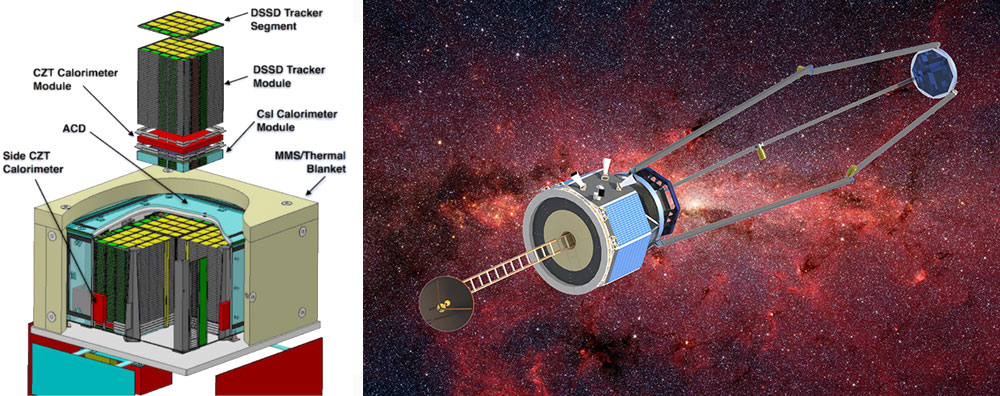
Left, a mechanical model of the AMEGO telescope and its subsystems. Courtesy of AMEGO team. Right, an artist’s conception of GECCO.
In support of this proposal, we are developing a novel type of gamma-ray imager based on position-sensitive CZT detectors. We designed and prototyped a detecting plane that allows us to measure the energies of gamma rays and the locations of their interaction points within the detector. Our detector provides less than one percent energy resolution at 1 MeV and submillimeter position resolution, meeting the performance benchmarks for the new space instruments.
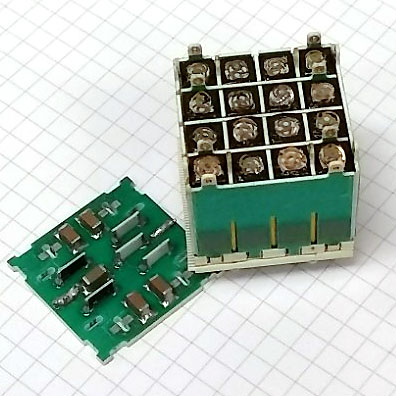
A CZT module prototype filled with 16 detectors, each 6 × 6 × 20 mm3. The CZT bars are packed inside an interlocked printed-circuit-board structure.
The detecting plane is an array of 8 × 8 × 32 mm position-sensitive virtual Frisch-grid (VFG) CZT detectors in the shape of bars—a cost-effective approach for making large-area position-sensitive arrays with high spectroscopic performance. Compared to other CZT detector configurations (e.g., pixelated), ours employs CZT bars configurated as VFG detectors, with the ability to sense locations of gamma ray interaction points. Such bars are readily available for integration into a large-area array and operate using lower-power readout electronics with fewer readout channels—a critical factor for space applications. The array is comprised of individual modules akin to LEGO blocks. Each module is a 4 × 4 detector sub-array coupled with application-specific integrated circuits (ASIC) developed in-house. A full array can consist of several thousand CZT bars, with the specific amount depending on the requirements of the space telescope.
AMEGO and GECCO have slightly different telescope configurations. In the case of AMEGO, one CZT array is below the active area of the silicon detectors (tracker), which measure particle tracks. Four CZT arrays cover the lower sides of the tracker. The side of the tracker features four CZT arrays to enhance the capability for measuring the polarization (geometrical orientation) of gamma rays. These measurements will shed light on the nuclear processes responsible for the origin of gamma rays. For GECCO, one CZT array is placed in the focal plane of a specially designed mask, which produces a shadow pattern on the plane to enable the highest possible angular resolution for measuring sources of gamma radiation. Scientists can also use this array to collect high-resolution nuclear spectroscopy measurements.
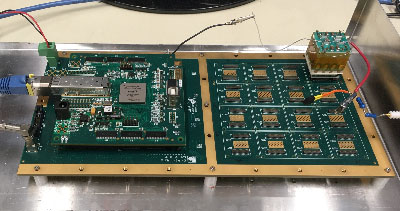
A 256-detector benchtop prototype for testing readout ASICs and CZT modules.
Currently, we are completing integration of the first prototype of the detector, which consists of 256 CZT bars, and readout system. The feasibility of this technology will be demonstrated during test measurements at NASA GSFC, a beam test at Triangle Universities Nuclear Laboratory High Intensity Gamma Source, and possibly in a balloon flight in 2020–2021.
Examples from our project portfolio
-
Enabling ultrafast detectors with LGADs
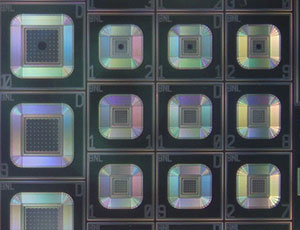
We fabricated the first capacitively coupled (AC) low-gain avalanche diodes (LGADs) based on a new design concept that preserves fast timing capabilities, making these silicon sensors promising candidates for particle tracking in future high-energy physics experiments.
-
Improving energy resolution with SDDs
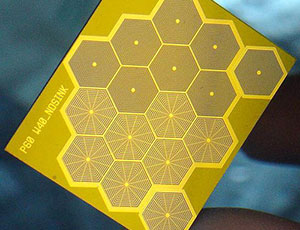
Our co-invention of the silicon drift detector (SDD) has enabled unsurpassed energy resolution and high count rates for a variety of scientific and industrial applications, including particle physics, astrophysics, mining, and soil surveying.
-
Detecting gamma rays with TlBr
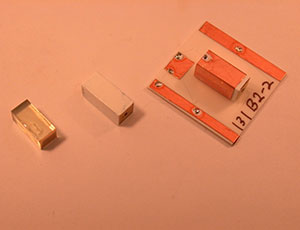
We are developing a detector based on thallium bromide (TlBr)—an emerging semiconductor material with excellent radiation-detection properties—to determine the location and content of radioactive sources that emit gamma rays.
-
Detecting gamma-emitting astrophysical objects with CZT detectors
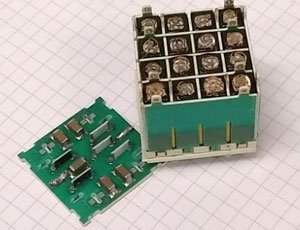
In support of future astrophysics missions that will probe black holes and other spectacular objects in the universe, we are developing ultrathick cadmium zinc telluride (CZT) detectors with high energy and position resolution.
-
Building the sensor array for the world’s largest digital camera
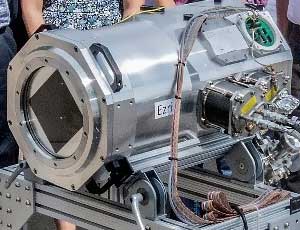
We have been conceptualizing, designing, constructing, and qualifying the sensor array and electronics for Rubin Observatory’s Simonyi Survey Telescope, which will provide an unprecedented view of the universe.
-
Cooling ion beams with electrons to explore nuclear matter
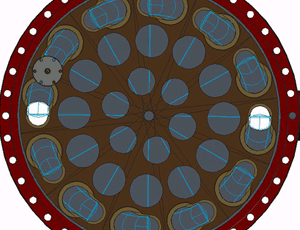
We fabricated photocathodes for generating electron bunches to cool ion beams at Brookhaven’s Relativistic Heavy Ion Collider. This electron cooling will maximize collision rates, especially at low energies, enabling scientists to explore how nuclear matter exists in different phases.
The Instrumentation Department is part of Brookhaven Laboratory's Discovery Technologies Directorate.




